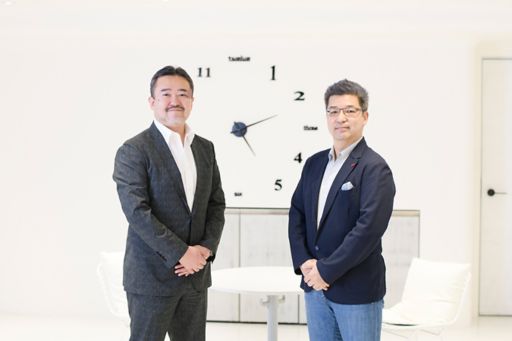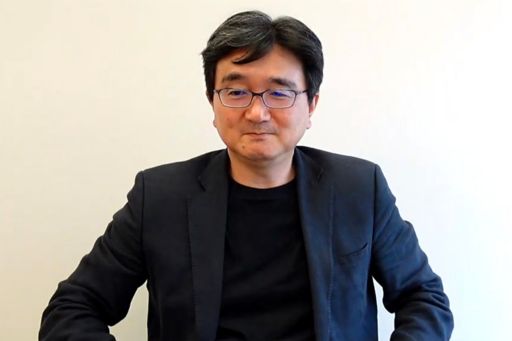Japanese society, which is now facing the risk of deindustrialization due to the shrinking working population, urgently needs to promote DX (Digital Transformation) in all aspects and resolve issues with the power of technology. In view of this situation, COVID-19 is seen by some as a strong driving force in promoting DX.
In fact, the use of technology, such as remote work and online meetings, is no longer “uncommon.” However, many people point out that such working situations “have not yet been accepted as natural enough to make people forget the old ways.”
How will digitalization and technology become “familiar” to society going forward? In this article, we will introduce the discussions conducted between Masayuki Chatani from KPMG Ignition Tokyo and Hiroyuki Morikawa, Professor at the Graduate School of Engineering, the University of Tokyo.
How Technology Will Spread Can Be Learned from the Past
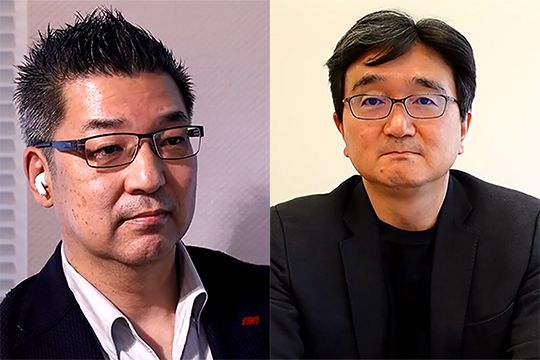
(Masayuki Chatani, Representative Director & CEO of KPMG Ignition Tokyo and CDO of KPMG Japan(left), Hiroyuki Morikawa, Professor, Graduate School of Engineering, the University of Tokyo (right)) *Professional affiliation and official position in the article are at the time of publication.
Chatani: As we talk about these things, it makes us realize that technology is eventually going to be incorporated in our social lives even though it will take some time.
Morikawa: In that sense, this will also be the same for 5G.
You may have forgotten already but if we look back 10 years from now when 4G had started to appear, engineers were complaining that “this new frequency band called 4G is too difficult to use.” However, you know the outcome already. Though we knew in our heads that “if the pipe becomes wider, it will be possible to send video ads,” there were some people who said, “Why waste precious bandwidth for advertising, that’s unthinkable!”
In this way, people’s feelings change significantly over the course of time and things that are believed to be “impossible” can be mostly resolved. It may be interesting to look back on how we used to think while paying attention to these things.
Chatani: This also goes for iPhones, which appeared in 2007. We can’t even remember how our lives were before we had iPhones.
Morikawa: I completely agree with you. That’s why it’s pretty interesting to look back on these things.
The other day, I was remembering about the beepers. At the time, high school students used to run to the public phone during recess to send messages. Nowadays, it has even become difficult to find a public phone.
“Standards” and “norms” are actually undergoing various changes and after the changes, we often lose track of what used to be the “standard” or the “norm.” This is extremely interesting and we need to create a place where various people can think about various things.
Chatani: If we can see beyond the “standard” and “norms,” there may be an opportunity there.
Morikawa: A symbolic example is the “freedom of the washing machine.”
The appearance of the washing machine had a major impact on society by lessening the burden of the household chore of doing the laundry. However, the impact of the washing machine on society was not just that. The clothing market is said to have expanded with the appearance of the washing machine. In other words, it became possible to ensure hygiene management by using the washing machine, which resulted in all of us preferring cleanliness and starting to wash our clothes every day. This led to a faster cycle of purchasing clothes and thereby expanded the market rapidly.
It makes sense when we are told of this but it is difficult to realize this until we are told about it. I’m sure no one had said, “This is a great opportunity for the clothing market because everyone will prefer to be clean from now!” when the washing machine was released.
Chatani: It is said that trousers and business suits are not selling well now due to the introduction of remote work. This is because as long as the upper part of the body that appears on the screen is tidy, there is no need for clothes for the lower part of the body.
Morikawa: That’s right. So, what kind of market will be created going forward? We don’t know the future and there are more cases where “things we realize as common” cannot be realized “until we are told about them.” This is concerning but also interesting.
What Is Amazing about Japan?
Chatani: Now that we are in the midst of transformation, what is the theme or topic which you are most interested in now?
Morikawa: First of all, I want Japanese industry to revitalize itself. What we need to do for Japan to revitalize itself in 10 and 20 years from now is a theme I would like to think about.
Chatani: What do you think needs to be done?
Morikawa: Rather than making a concrete strategy, I think it is important to look for and test “what will work out well” while breaking down conventional stereotypes and perceived ideas in advance.
In the field of technology, the keywords will obviously be research and development, the standardization of intellectual property, and business development. We need to make sure this is done horizontally. At present, there is still a sense that things are disparate. Speaking of which, I believe that Sony is strong in this area?
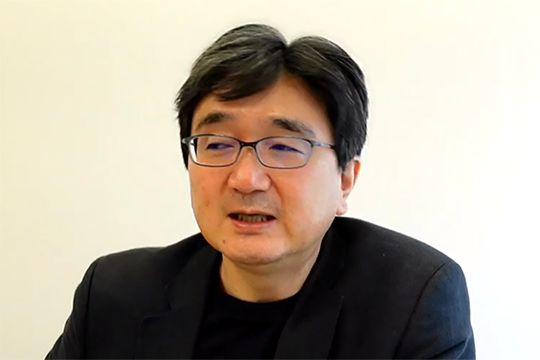
Chatani: Sony is turning out a profit of about one trillion yen now, and the sources of this profit are PlayStation, CMOS Image Sensors and Finance. My impression is that these businesses they created more than 25 years ago have finally reached harvest time.
Morikawa: I’m curious about how the company was thinking about their research and development and the standardization of intellectual property when they started to create these businesses 25 years ago.
Chatani: As for intellectual property, I think they were strongly aware of its importance from long ago. Sony has a history of buying out the transistor patent because the payment of transistor-related patent fees accounted for a large share of radio sales when Sony was making transistor radios.
Though there was still no concept of using transistor technology in consumer products back then, I assume that Sony had recognized that “transistors are important.” We were given to understand that as the holder of the patent did not think that transistor technology would be used for consumer products, their stance was, “we’ll sell it if you want it.”
The company probably feels that “patents are one of the factors of our success story” based on this experience. That’s why Sony regards intellectual property as a very important factor and I assume that there were naturally conflicts as well.
In terms of conflicts regarding intellectual property, the lawsuit against its household video tape recorder “Betamax” in the U.S. is symbolic. This was a court case in the U.S. claiming that “as the recording of TV programs infringes copyright, it constitutes a violation of the rights of authors.”
Though Sony was eventually able to win the lawsuit with the collective efforts of their Legal Department and the assistance of outstanding lawyers, the driving force of their power was probably their faith that “it has a significant meaning to people, especially those who are using Sony products.”
For your information, Sony was also the first Japanese company to be listed on the New York Stock Exchange in the U.S. (1970). It can be said that this was an action to make their name known globally. It is probably the DNA of Sony to do what they think is correct without being tied down to past examples or convention and I think that this DNA is very strong.
Morikawa: You’re right. It has been said that Japanese companies “win in technology but lose in business” but recently there is a view that their technology is also becoming weaker. They need to think of what they must do about this.
Nevertheless, there are areas that are outstanding in Japan after all.
For instance, if we look at the total production of local prefectures in Japan, the production amount in Tottori Prefecture, which is the lowest in Japan, is equivalent to that of Brunei, which is rich in natural resources. We can see that Japan’s economic scale is outstanding just from this fact. This also goes for Japan’s cities, wards, towns and villages, as the GDP of Otsuchi-cho in Iwate Prefecture is about the same as that of the Kingdom of Tonga. Given this, Japan should not be undervalued, as it boasts an outstanding economic scale even now.
On the other hand, the decline of the population is naturally an issue. As the working population is declining in particular, it is necessary to increase productivity per person. Therefore, I think that if we can maintain and raise our productivity with the power of digitalization and technology, we will probably all be happy. I hope that this will be possible.
Innovation Starts with “Creepiness”
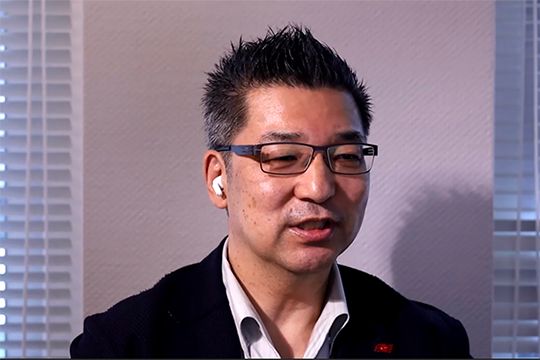
Chatani: We have talked about how digitalization and technology will spread and be accepted in society from various aspects.
Lastly, I would like us to talk about themes such as how society will change going forward, how technology will be utilized in society 30 years and 50 years from now, and how innovation which is utilized at the time will be created.
Morikawa: If I am to give keywords, they will be, “from Just in Time to Just in Case” or “redundancy.” It is extremely important to keep track of all the data about who is connected to whom and how in case of emergency, and digital twins will probably be used in the future as well.
The world may come to a point where we can simulate something in a digital twin based on such information before carrying it out in real life. Considering that we live in a society where many things are connected, that will probably be the main scenario in our direction.
Chatani: Such a society may indeed be realized, but there are also people who question whether such a society would be interesting.
Morikawa: This viewpoint is very important. What do you think about this, Mr. Chatani?
Chatani: I think it will probably be interesting. In fact, I’m already making my own digital twin.
I had myself captured with about 150 cameras and my own voice was sampled to have the synthesizer talk based on this. There are Japanese and English versions, and its English may be better than mine (laughs).
My goal is to have this digital twin work for me. While it will of course take time to realize this, the framework is ready and creating the brain is our next step. I’m also looking forward to seeing whether it will become interesting or not.
Morikawa: It’s great that you’re working on such an off-the-wall project! (laughs)
I think that 70-80% of successful innovations were thought to be “unnecessary” when they started. If 10 people all say, “I want this!” it’s not innovative at all. Rather, things regarding which only one or two people would say, “it may be good to have something like this,” may actually become “something good.”
There are many “buds” of such innovations in the world but most of them disappear. Your digital twin may become a common thing 10 years from now and perhaps it will be unsuccessful after all.
While the general response to your digital twin may still be “creepy,” I feel that this response of “creepiness” may be the key point.
Innovators Are Like Marines
Chatani: Innovation tends to take time until people realize that “it is innovative!” But still, what do you think is necessary for society to encourage the creation of innovation?
Morikawa: What we must do all comes down to supporting someone with a strong belief that “this is absolutely good! This is great stuff!” If there are 100 people with strong beliefs, we must support them with our utmost effort.
However, I imagine that about 80 of them will probably run out of steam halfway through. Even so, 10 of them may remain. I think this is what we call an ecosystem.
Chatani: It’s also essential to have a climate that allows such challenges.
Morikawa: I have always said that an innovator is like a marine. There are two meanings for why I chose the word marine.

The first reason comes from the marine’s functional aspect. As marines combine the functions of the army, navy and air force in a compact way, they are the first ones to charge into the enemy. They advance with light footwork and withdraw if unsuccessful. And, of course, the main troops come in if successful. In this sense that marines and innovators are the “first to go,” I think we can consider them the same.
The second reason and what is great about the marines is that the “death rate” and the “rate of unsuccessful mission” are exceptionally high. This is unsurprising because they are the first ones to go into battle and we must admit that it is amazing that they are continuing to go at it despite this fact.
This also goes for innovators, but even if everyone says that “it is impossible,” it is important that we provide strong support by saying, “Go for it!”
Profile of Interviewee
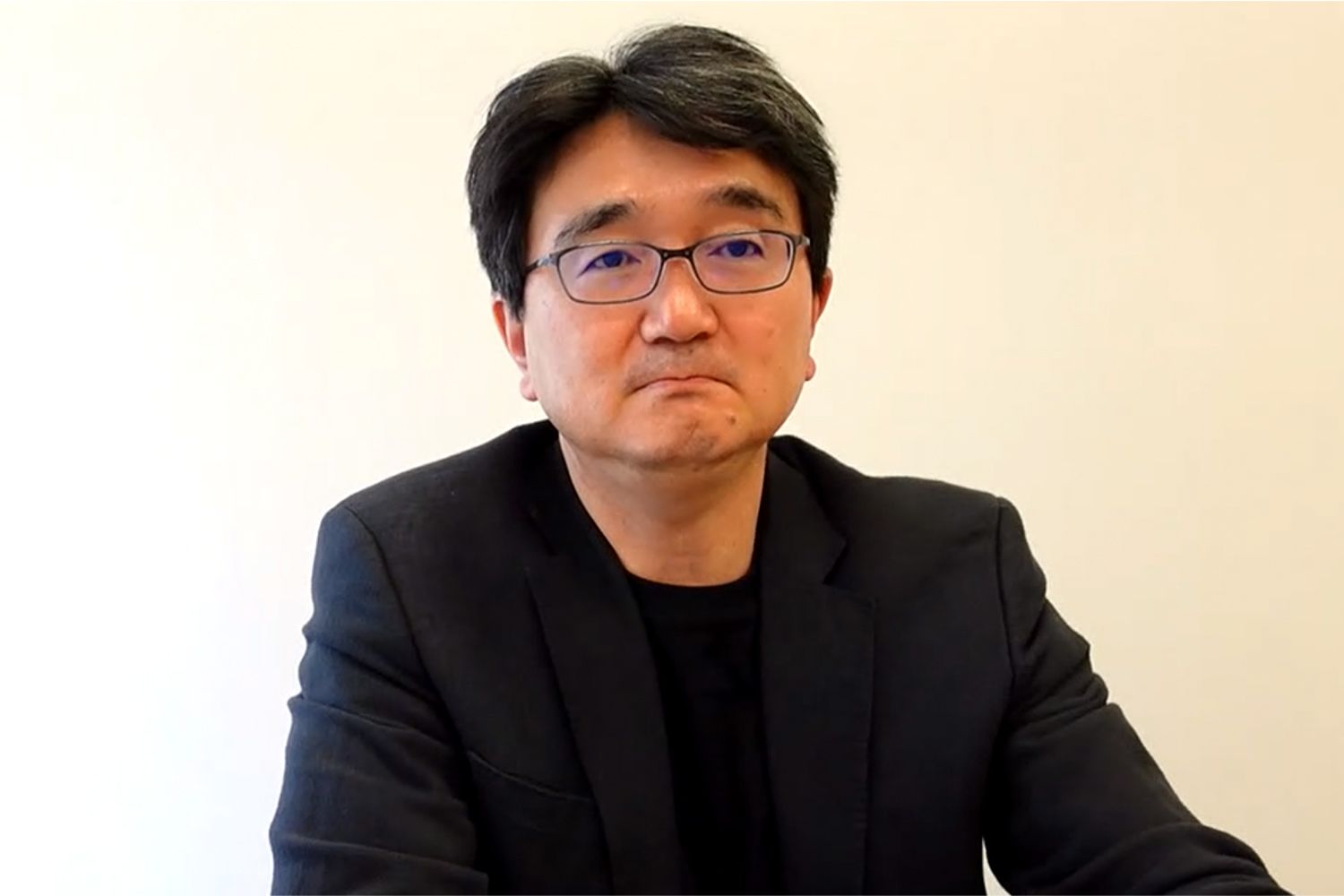
Hiroyuki Morikawa
Professor, Graduate School of Engineering, the University of Tokyo
Hiroyuki Morikawa received the B.E., M.E, and Dr. Eng. degrees in electrical engineering from the University of Tokyo, Japan, in 1987, 1989, and 1992, respectively. Since 1992, he has been in the University of Tokyo, where he iscurrently a professor. From 2002 to 2006, he was a group leader of the NICT Mobile Networking Group. His research interests are in the areas of Internet of Things / M2M / big data, wireless communications, sensor networks, digital transformation, and digital society design. He served as an OECD Committee on Digital Economy Policy (CDEP) vice chair, chairman of Beyond 5G New Business. Strategy Center, chairman of 5G-driven Social Design Consortium, chairman of Smart Resilience Network, chairman of Information and Communications Council, Ministry of Internal Affairs and
Communications. He also sits on numerous telecommunications advisory committees and frequently serves as a consultant to government and companies. He is the recipient of more than 100 honors and awards including the IEICE best paper award (thrice), the IPSJ best paper award, JSCICR best paper award, the Info-Communications Promotion Month
Council President Prize, the NTT DoCoMo Mobile Science Award, the Rinzaburo Shida Award, and the Radio Day Ministerial Commendation. His recent books are Data-driven Economy (2019) and 5G (2020).
Follow us on KPMG Ignition Tokyo LinkedIn for the latest news.
Connect with us
- Find office locations kpmg.findOfficeLocations
- kpmg.emailUs
- Social media @ KPMG kpmg.socialMedia



